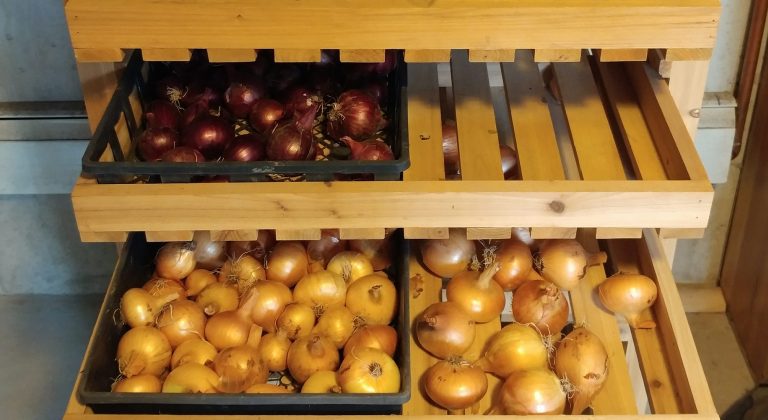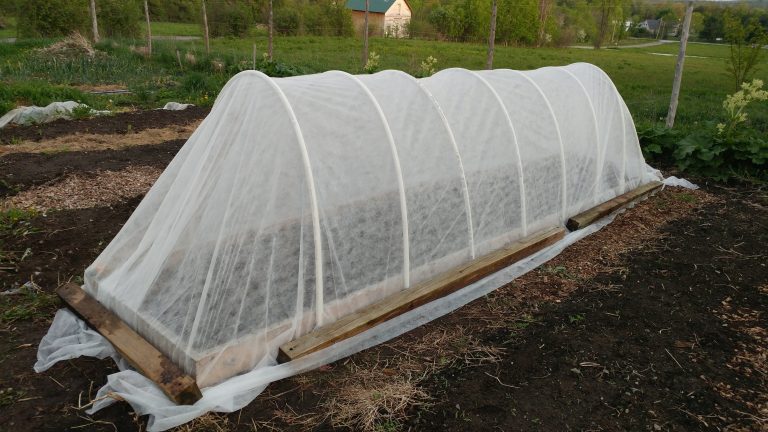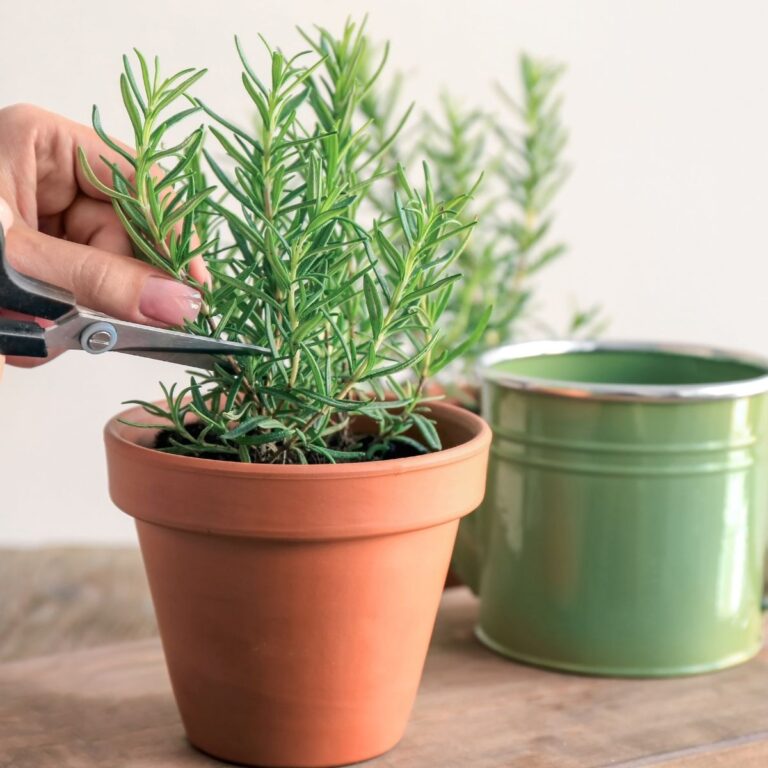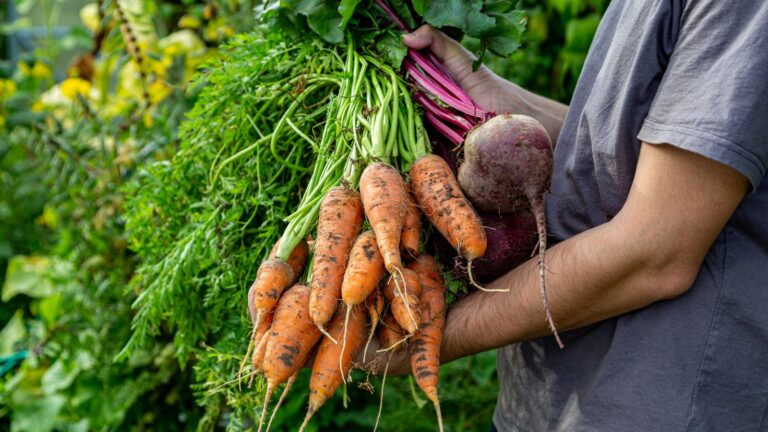This post may contain affiliate links.
Growing your own vegetables from seeds indoors is a cost-effective and rewarding way to jump-start your garden. It allows gardeners to cultivate a diverse range of vegetables, some of which may not be available as potted plants at the garden store.
However, knowing which vegetables to start indoors versus those to plant directly in the garden can optimize your efforts and space. Here’s how to make those choices.
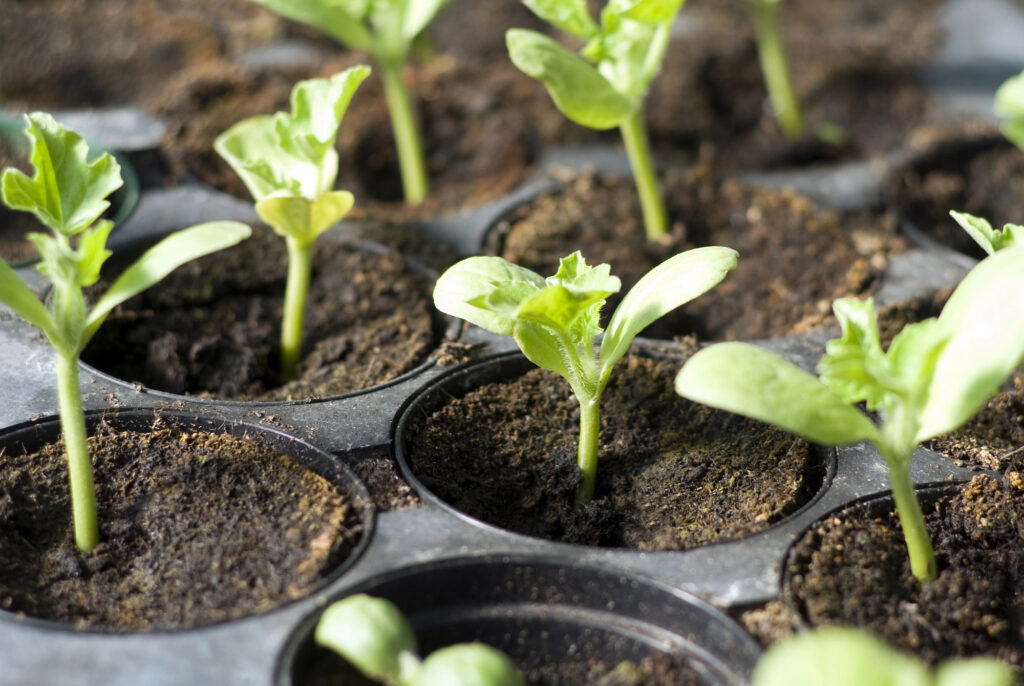
Identifying the Best Vegetables for Indoor Starting
Opting for Transplants Over Direct Sowing
Not every vegetable benefits from being started indoors. Leafy greens and root vegetables, for instance, are best sown directly into the garden. Greens rapidly mature and don’t necessitate an early start indoors, while root vegetables, due to their growth directly into the soil, pose challenges when transplanted from pots to garden beds.
Vine Plants: To Start Indoors or Not?
Vine-growing vegetables such as peas and beans thrive when planted directly in the garden and don’t benefit much from an indoor start. However, cucumbers might be an exception; starting them indoors can ensure an earlier yield, especially beneficial before the peak summer heat affects their productivity.
Ideal Candidates for Indoor Seed Starting
Vegetables that take longer to mature or require a longer growing season, such as onions, tomatoes, squash, eggplant, and melons, are perfect for indoor starting. Initiating the growth process indoors allows these plants to develop into robust seedlings ready for transplanting, providing a significant advantage in regions with shorter growing seasons.
Ultimately, selecting the right vegetables for indoor seed starting involves understanding which plants benefit most from an early start and which are best sown directly into the garden. By focusing on vegetables that thrive as transplants and considering the specifics of your growing season, you can effectively plan your indoor seed starting to maximize your garden’s potential.
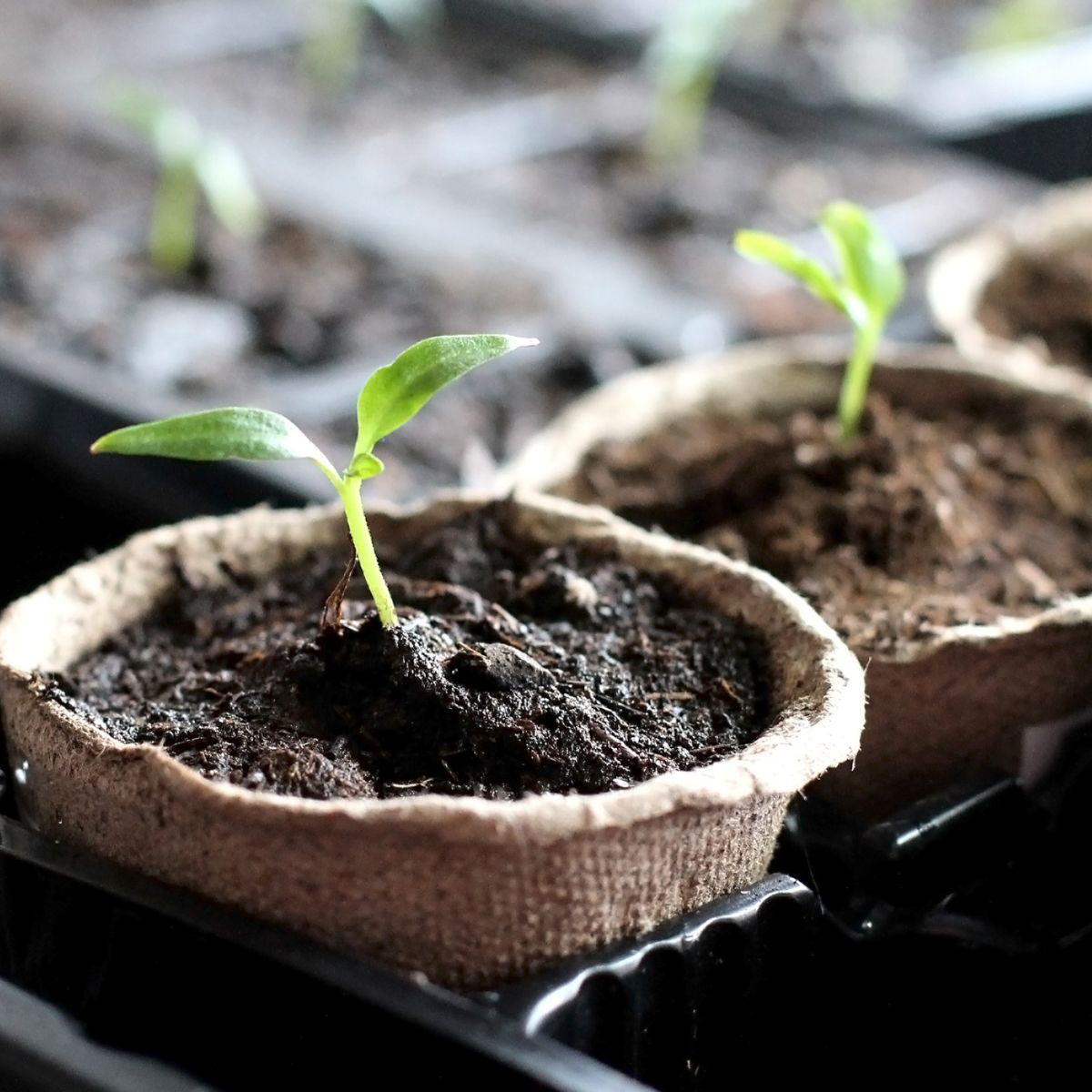
Does Quantity Matter? Assessing Your Garden Needs
When deciding to start vegetable seeds indoors, it’s crucial to consider not just which vegetables are suitable for indoor starts but also how many plants you realistically need or want in your garden. This assessment will guide you in choosing which seeds to buy and start indoors.
Evaluating Seed Packet Quantities
Vegetable seed packets, ranging in price from $2 to $5, typically contain 10 to 50 seeds. This abundance means you might end up with more plants than you actually need. If your garden requires only a single plant of a specific variety, purchasing a whole packet may not be the most economical or practical choice. For example, buying a zucchini seedling directly from a garden center might be more cost-effective and convenient than starting from seeds if you only need one plant.
Making the Most of Your Seed Investment
Conversely, if your culinary habits or family preferences call for a larger quantity of a particular vegetable, starting seeds indoors becomes a valuable investment. Planting a packet of tomato seeds, for instance, can yield a dozen or more plants at a fraction of the cost of buying the same number of seedlings from a garden center. This approach is especially advantageous for vegetables like tomatoes, where having multiple plants is beneficial for recipes and preservation.
Space Efficiency in Seed Starting
The available space for your seed-starting setup also plays a significant role in decision-making. Limited space means prioritizing seeds that will benefit most from an indoor start. If acquiring a plant from a garden center is straightforward and you only need a few, it might be more efficient to reserve your indoor growing space for seeds that will produce multiple plants or for varieties not readily available as seedlings.
Choosing to start vegetable seeds indoors requires careful consideration of the types of vegetables you wish to grow, the quantity of each vegetable needed for your garden, and the space available for starting seeds.

Exploring Unique Vegetable Varieties
Beyond practical considerations like plant quantity and space, choosing to start seeds indoors opens up a world of unique vegetable varieties. This aspect of gardening introduces an element of creativity and personalization to your garden.
Discover Rare and Exotic Varieties
Local garden stores often carry a limited selection of vegetable varieties. If your heart is set on cultivating rare or exotic plants like Purple Crush Cauliflower, Bulgarian Carrot Chilis, Gilbertie Paste Tomatoes, or Baby Blue Hubbard Squash, starting from seeds is your gateway to diversity. These unique varieties can turn your garden into a vibrant tapestry of colors and flavors not commonly found in a typical backyard plot.
Experiment and Exchange
Embrace the opportunity to experiment with a few new varieties each year. Not only does this practice enrich your gardening experience, but it also allows for seed sharing and exchange among friends and neighbors, fostering a community of garden enthusiasts. Even if you decide to grow just a few plants of each variety, the joy and learning that come from nurturing these unique species are invaluable.
The Joy of Gardening
Remember, starting seeds indoors is as much about the joy and satisfaction of watching your garden come to life as it is about the science and techniques involved. It’s an opportunity to experiment, learn, and, most importantly, have fun.

For more information on Seed Starting:
- Seed Starting Supplies
- Planting & Caring for Seedlings
- When to Plant Seeds Indoors (including a FREE Seed Starting Schedule)
- Preparing Seedlings for Transplanting
Carrie Williams Howe is an educational leader by day and an aspiring homesteader by night and weekend. She lives on a small homestead in Vermont with her husband, two children, and a rambunctious border collie. She blogs about her family's homestead life at The Happy Hive.


